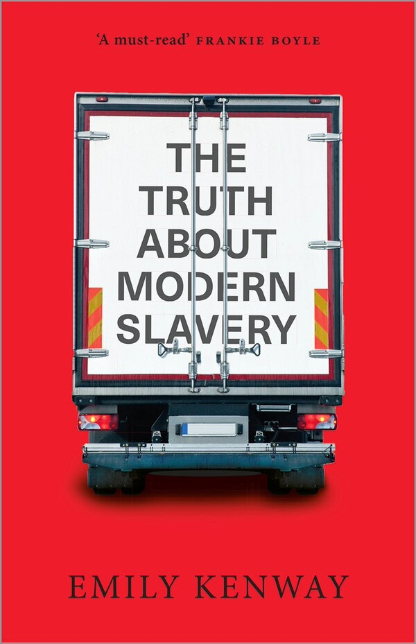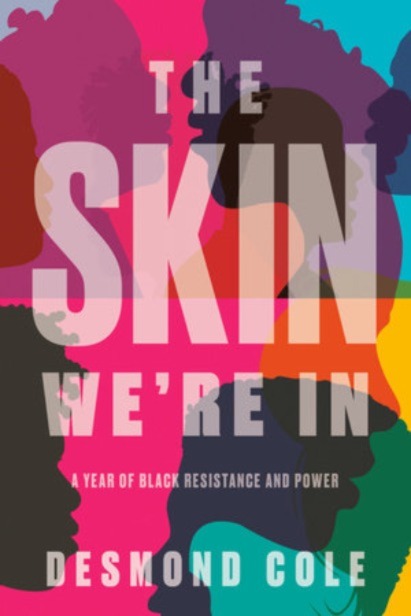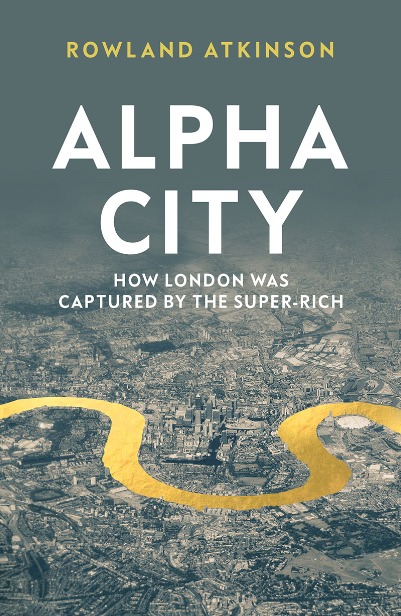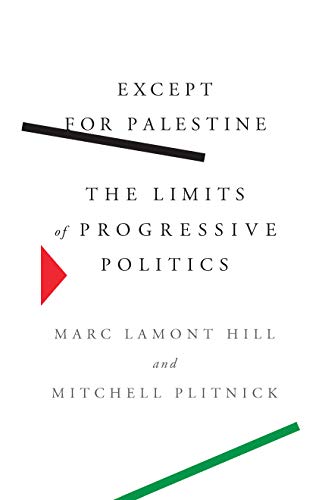Chokehold: Policing Black Men, Paul Butler, The New Press, 2017, pp. 256, ISBN 978-1595589057
In May 2020, the police were called to the scene after George Floyd unknowingly attempted to use a counterfeit $20 bill at a store he frequently visited and whose owners never had any troubles with him. While Floyd was sitting in a car with two other people, one of the officers, Thomas Lane, drew his gun while he approached the car. He put handcuffs on Floyd, but Floyd said he was claustrophobic and that he did not want to enter the police vehicle. It was then that Derek Chauvin used force to pin Floyd to the ground and place his knee on Floyd’s neck. Floyd repeatedly told the officer that he could not breathe. Chauvin murdered Floyd by holding his knee to Floyd’s neck for 8 minutes and 46 seconds.
In July 2016, police officer Jeronimo Yanez stopped the car driven by Philando Castille in a suburb of St. Paul. Castille’s partner and their 4-year-old were with him in the car at the time. Yanez asked Castille for his license and registration, but before Castille produced them, he informed the officer that he had a gun which he was licensed to carry, presumably hoping to avoid being killed upon Yanez’ sighting of the firearm. Yanez began yelling at him not to reach for it, Castile replied that he was not and that he was just reaching for his license and registration. Yanez shot Castile seven times. He was pulled over for a broken tail light.
Black people are 3 times more likely to be killed by the police in the US than white people. Given that the exact number of officer-involved shootings is not required to be made public, there is no national data to showcase the magnitude of this problem. However, some cities, such as Philadelphia, New York, and Los Angeles have released this data in the past, and out of the total number of shootings between 2007 and 2013, 80%, 53%, and 34% respectively involved black suspects. In New York, the police are 14% more likely to use force in stops of black suspects. African Americans commit about 13% of drug-related crimes, yet they represent 60% of the population who is incarcerated for those offences. Although they represent 13.4% of the total population in the US, they are 37% of all federal and state prison inmates.
These are just some of the statistics that overwhelm the reader with anger and frustration in Paul Butler’s Chokehold. Study after study that Butler invokes statistically proves that white supremacy is prevalent in the US.
Chokehold in regular police usage is a maneuver in which a person’s neck is tightly gripped in a way that restrains breathing. It is done with the intention to subdue. For Butler, the chokehold is a metaphor for the African American experience in the US. It is a “process by which black lives are made vulnerable to death by others,” and is acted out through overt state violence as well as through the more subtle forms of systemic racism that keeps African Americans down. As Butler states, the chokehold “is the invisible fist of the law” and the reason why “black lives don’t matter as much as white lives.” The people who carry out the chokehold are cops, judges, and politicians. The chokehold permeates the daily lives of African American men and structures their experience.
Butler chooses to focus on black men in particular, while at the same time attempting not to marginalize the experiences of black women. He begins by outlining ways the American society has constructed the black man as a thug, based on the presumption that every African American is a criminal. So when Fox News and Trump use their dog-whistle politics and refer to criminals and thugs, they have a clearly constructed image of an African American man in their mind’s eye. They are not the only ones, as Butler shows, 66% of whites state that “violent” is a good description of African Americans. This view informs their relationship with black people, even though the vast majority of black people never commit any crimes in their lives.
The transformation of white anxiety about African American men is given the stamp of approval by the law. Implicit biases, racial prejudices, and perceptions of crime and violence are embedded into the law and by extension into its enforcement. The law is one of the most efficient processes in enforcing the chokehold on African Americans. Butler analyzes crucial decisions handed down by the courts which gave the police extra powers to subdue and punish the black man. Of note are decisions in Scott v. Harris, in which the police used their car to ram into the car of Victor Harris, overturning it and pushing it into the ravine, rendering Harris quadriplegic. The Court decided the police are allowed to use deadly force to enforce a traffic violation. In Atwater v. Lago Vista, the Court stated that a person can be taken to jail no matter how minor a crime or infraction, while in Whren v. United States it allowed the police to stop anyone even without a legitimate reason. As Butler states, through these and many other decisions “the Court has created a legal platform for black lives not to matter.” For him, arrests represent a bigger problem than the actual incarceration, because they give the police complete control over the African American man. Actual innocence or guilt does not ultimately matter, because the point is to sexually harass, torture, and assert dominance.
In what is bound to create much controversy, Butler decided to include a chapter on black on black violence in a book about policing black men. While affirming that black man is most likely to be killed by a black man and that most homicides are intra-racial, Butler rightly attributes this to the socio-economic environment in which it happens. He criticizes the racist tropes of the black culture of violence by way of comparing contexts in which crime occurs. Most of it occurs in poor, underserved, and neglected neighbourhoods where crime becomes a means of survival. Butler also emphasizes the false equivalence between police and black violence. When the police kill, it is the state that does the killing, and through qualified immunity, in most cases protects the killer. When a black man kills another, he is prosecuted and handed long term prison sentences.
Politicians and policymakers have the power to devise and implement programs aimed at bettering the condition of the African American man. They also operate within a given neoliberal and capitalist framework which necessarily informs their decisions. If the system as it stands overwhelmingly works to the advantage of whites, or as Butler states, “increases the property value of whiteness,” any intervention that seeks to work within the system will only reconfigure the patterns of oppression without actually challenging them. Programs such as Obama’s “My Brother’s Keeper” and others that focus on “helping” or “fixing” or “keeping” the black man, in fact, place the blame on the victim. They essentialize the experience of black men and exceptionalize their suffering, while in the process rendering the suffering of others invisible, most notably the African American women. The plight of one oppressed group is posited as the cause of the plight of another. Therefore, African American women are usually blamed for the condition of the black man, even though they are just as much or even more oppressed by the institution of white supremacy.
Throughout Chokehold, Butler shows how the law creates a racial hierarchy in the US. From his standpoint as a “recovering” federal prosecutor, Butler chooses to offer some practical advice to black men on navigating the chokehold. All of his suggestions amount to just that, navigating rather than overcoming, in the vain hope that it might make a difference. While the prison may be the quintessential and paradigmatic case of policing black men, a mere focus on prison and criminal justice reform as Butler suggests is not going to solve anything. Butler briefly mentions the need for “transforming,” but shies away from considering it at length. Systemic problems need systemic solutions and the way to achieve that is only through a revolutionary transformation.
While offering a highly informed narrative, underpinned with empirical studies to support his analysis, Butler ultimately fails to analyze the problem of racism historically. By offering an ahistorical account, Butler does not locate the issue in the economic development of American capitalism. He mentions class and “white property values,” but in the analysis, they are disconnected from the processes of American capitalism. Race has historically been used to divide labour and ensure that more surplus labour time was appropriated by the landowners in their pursuit of capital accumulation. Labour unions in the US facilitated this by failing to include black workers initially, perpetuating the inequality and creating labour aristocracy. The instrumental nature of racism to capitalism is rooted in capitalism’s intrinsic properties, rather than in human biology. Thus the call for labour organizing and revolutionary transformation of society, which would seek to abolish the conditions that create racial hierarchies, is absent.
Nonetheless, Paul Butler’s Chokehold provides a telling story of the effects white supremacy has on African American men. It is infuriating and sad. White supremacy must be crushed and capitalism must go with it.




